You might be wanting to amend your soil with play sand to loosen its heavy texture. Sand can be a helpful material for this. We did our research to determine if using play sand in this way is a good idea, and here’s what we've discovered.
You shouldn’t use play sand to amend soil because it doesn’t provide aeration. Its fine grains can easily clump together when water is added.
To amend soil, you should use builder's sand. Its coarse grains can break up fairly tight clay soils, giving it good drainage.
While it is recommended that you use builder's sand for your soil, if improperly mixed, you might create concrete instead. There is a way to prevent that from happening, and we’ll discuss it in this article, so keep reading below.

Why You Shouldn’t Use Play Sand To Amend Soil
Play sand has an extremely fine texture and should not be used to amend your soil. Play sand does not drain freely and will not help your soil to drain.
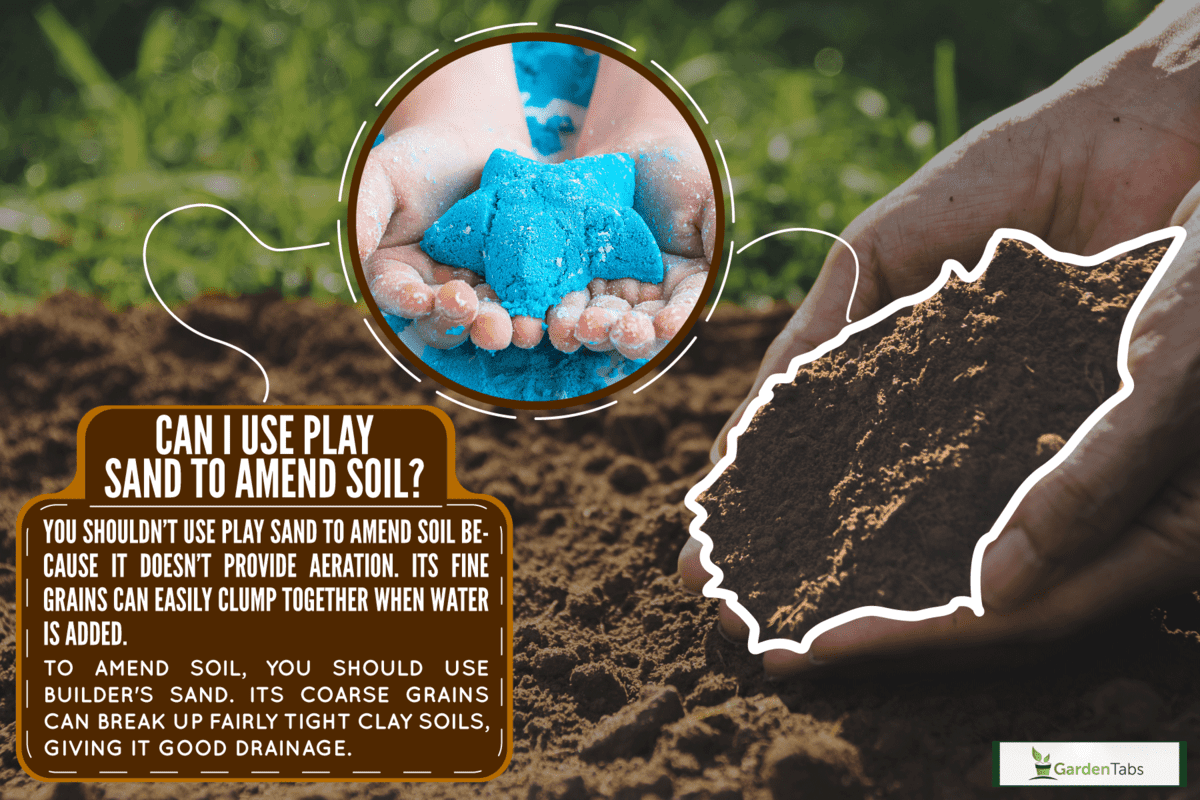
The pore spaces in the soil, which typically store air, are eventually filled with water. The plants' roots will drown in water-saturated soil because they obtain the oxygen they require from the air that is supposedly stored in these spaces.

In essence, it forms clumps, trapping or preventing water from passing through the potting soil.
To break up and increase drainage in clay soil, builder's sand is typically the preferred sort of sand. Builder's sand has larger grains. It facilitates airflow to your plant’s roots and aids in soil drainage.
If you're adding sand to clay-based soil to improve drainage or just to make it lighter, you can try experimenting first in a separate soil.
Grab a pot and fill it with 2/3 ordinary soil and 1/3 sand. Watch how it drains after adding water. That will help you decide where to start.
Alternatively, you can mix in 1/3 of each of the following: sand, soil, and compost. Allow it to sit in the sun for about a week after adding the water.
Check to see if the mixture tills easily with a fork. It ought to turn smoothly without any clumps. Add additional compost and sand if it still clumps.
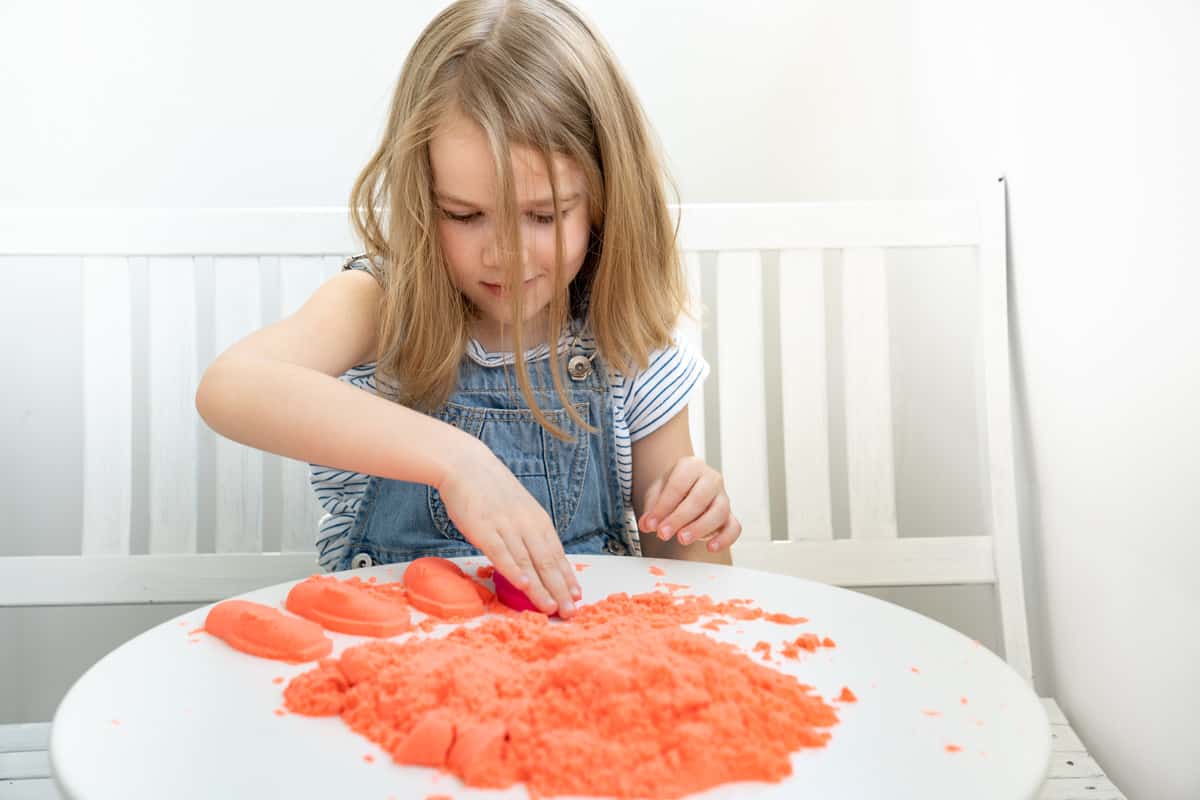
Common Types of Soil
The three most typical soil types are clay, loam, and sandy. The aeration, water retention, compactness, and texture of the three soil types vary from one another.
Sandy soil is on one extreme of the spectrum, and clay is on the other. While plants can drown or suffocate in clay soil due to inadequate drainage and aeration, they frequently die of thirst in sandy soil.
Loam is so close to being ideal in every sense. Gardeners love this soil, and even those who aren’t gifted with green thumbs may create a beautiful garden in loam soil.
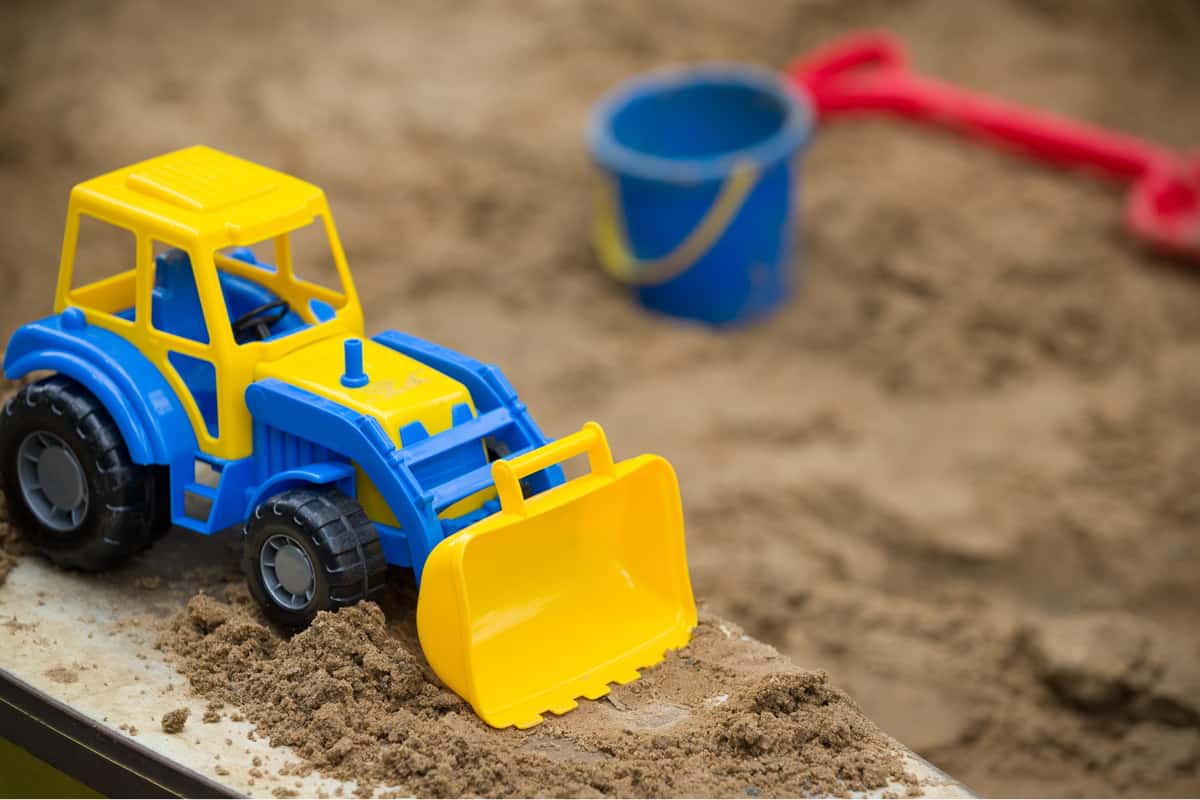
Loam is a rich source of nutrients and organic material. It's friable and well-aerated but still maintains a general form. It keeps a modest level of moisture while allowing the extra to drain away.
Sand makes up a large component of sandy soil. Sandy soil is lighter in weight, drier, and warmer than clay soil. It has more nutrients and is more acidic. It is made up of several sand grains that are rounded and asymmetrical.
Unlike damp, sticky clay, sandy soil gives off a gritty feeling and falls effortlessly. This soil drains quickly and also filters water. Because of its ability to drain, this soil type is relatively simple to deal with even after significant rain.
If your soil is clay, merely adding sand to make it lighter won't help. Sand particles are larger than a micrometer, but clay particles are submicron.
As a result, clay will be compacted around the sand particles, forming an impenetrable block.
Amending Soil
When working with clay soil, patience is a virtue. Clay has the drawback of having tiny aggregates that fit together tightly, leaving very little room for air.
In this soil, plants struggle to absorb nutrients and get the amount of oxygen they require to perform correctly due to a shortage of oxygen and drainage.
Adding more organic matter to clay soil is the best amendment. The clay will begin to relax as mulch, compost, leaf mulch (mowed autumn leaves), well-rotted sheep manure, and store-bought mulch gently work their way down to the soil.
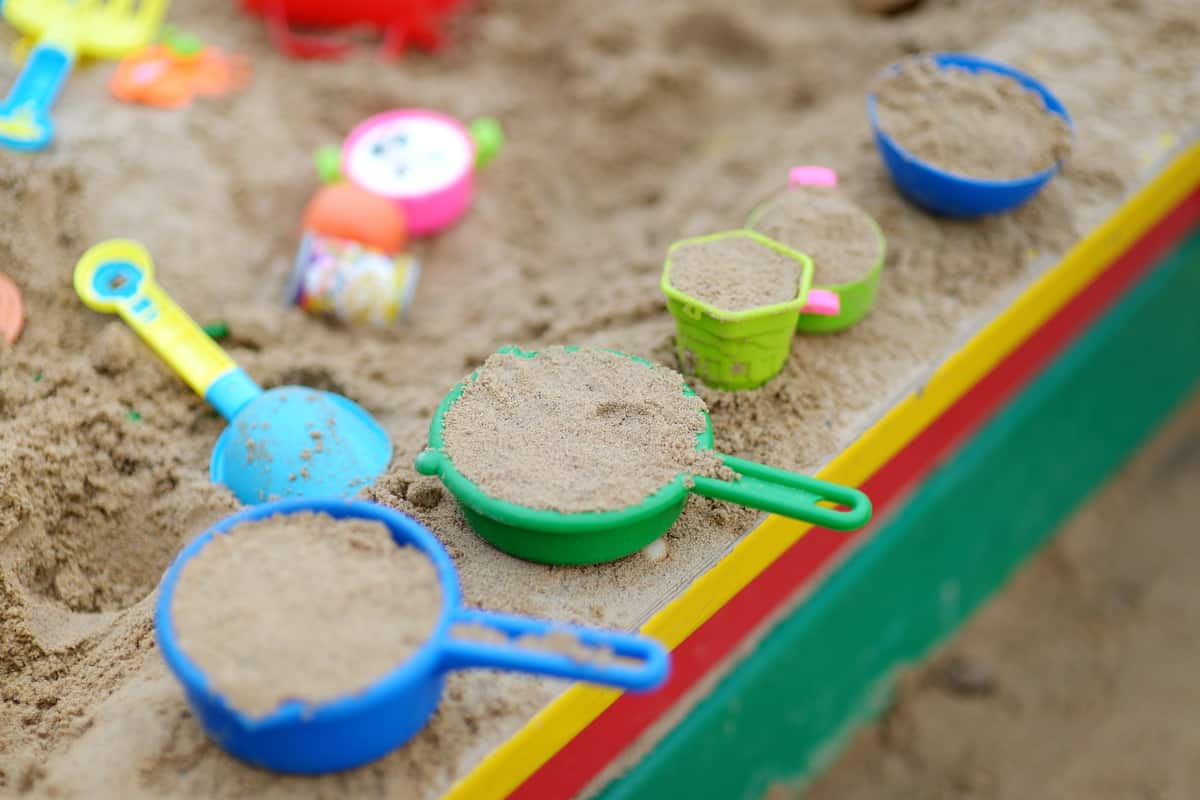
Worms will follow, as you add additional organic matter, and over time, plant roots should have easier access to nutrients and oxygen.
Sand as a Soil Amendment
Under various circumstances, adding sand to plant soil can be both helpful and harmful. Sand should be added if the soil has a thick texture. The texture of the soil will be improved, which will be good for garden plants.
However, you should practice caution while deciding how much sand to add. If the soil's texture becomes too fine, irrigation water and additional nutrients won't be retained.
Light watering will also result in nutrient leaching, which can result in fertility loss and ultimately a reduction in plant development.
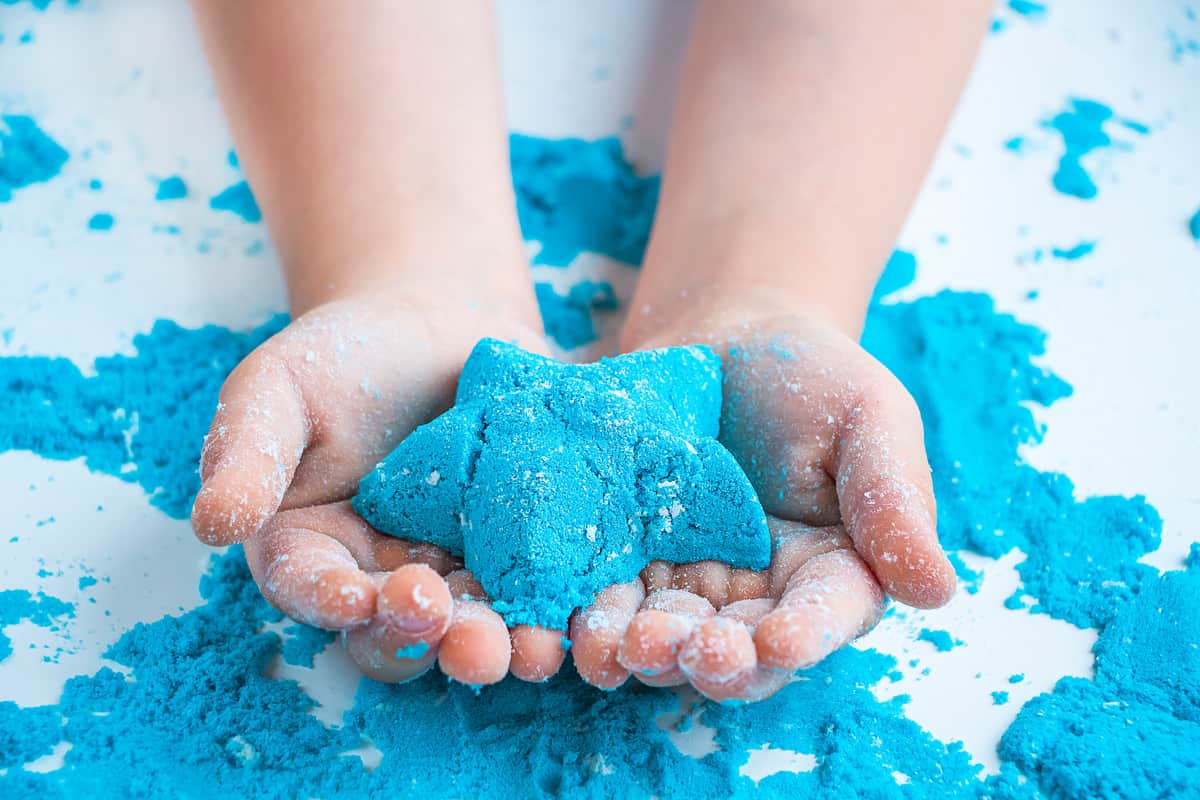
Sand lowers the moisture level that soil can retain. Clay can hold nearly four times as much moisture as sand if the two materials are similar in volume.
Loamy or sandy soil should never be supplemented with sand. Sand is not beneficial when added to loamy soil since it interferes with the features of the loamy soil's performance.
Preplanting is the ideal time to amend your garden soil with sand. Both the organic stuff and the sand must be mixed into the clay.
When the soil mixture satisfies your requirements, you must add a topsoil layer that contains worms that are beneficial to plants.
Organic Matter
Only when significant amounts of sand are added can clay soil's profile be altered. According to PSU tests, to avoid the clay soil's drawbacks, the soil must have at least 80% sand. When you add that much sand, you’ll get sandy soil.
The issues with sandy soil, such as no water retention, must now be dealt with. You can add compost to sandy or clay soil to raise the quality of the soil.
You should mix both sand and organic matter into your clay to alter it effectively. Excellent loam can be produced by adding peat and quality compost. Your compost will draw earthworms, which are natural soil aerators to help your soil even more.
Click here to see Charlie's Compost 10lb on Amazon.
Adding organic matter to clay makes it easier to work on and helps your plants grow better. This is because when compost is added, the clay's particles do not stick together.
Amending soil with sand is a good practice, but the appropriate amount requires professional advice. Some prefer a soil, organic matter, and sand ratio of 60:20:20.
It aids in adequate drainage, permits roots to breathe, and promotes good root spread below. Healthy plants that produce well come from healthy roots.
How soil particles fit together and the ways water and air travel through them are improved by elements like finished compost, well-rotted leaves, and other natural ingredients that are incorporated into the soil.
Avoid Forming a Concrete-like Soil
Fine particles of clay soil closely resemble fine concrete powder.
The clay particles in the mixture move into the gaps between the sand particles when water is introduced, where they provide tightly packed supports for the "structural" sand particle.
You are left with a rock-solid mass of concrete when the water drains away, which is worse than pure sand or pure clay. Clay soil will become concrete-like if only sand is added to amend it. You need to add organic matter too.
Root systems receive aeration from expanded shale like a burst rock with countless tiny air gaps. Compost facilitates soil aeration and increases nitrogen, minerals, and microbial availability.
In addition to increasing the activity of beneficial microbes, organic matter enhances the soil's ability to store nutrients and water. Also, worm castings have various advantages for your plants in harmony with adding organic matter to the soil.
To establish a new garden bed in heavy soil, you should till eight to 10 inches. After that, till the amendments in and add three inches of expanded shale and three to four inches of compost.
Next, cover the bed with three to four inches of finely ground hardwood mulch.
Mulch will naturally break down and enrich the soil with humus, so annual additions are required to keep the three-to-four-inch layer in place. Mulch aids in weed control, soil temperature regulation, and moisture retention.
In Closing
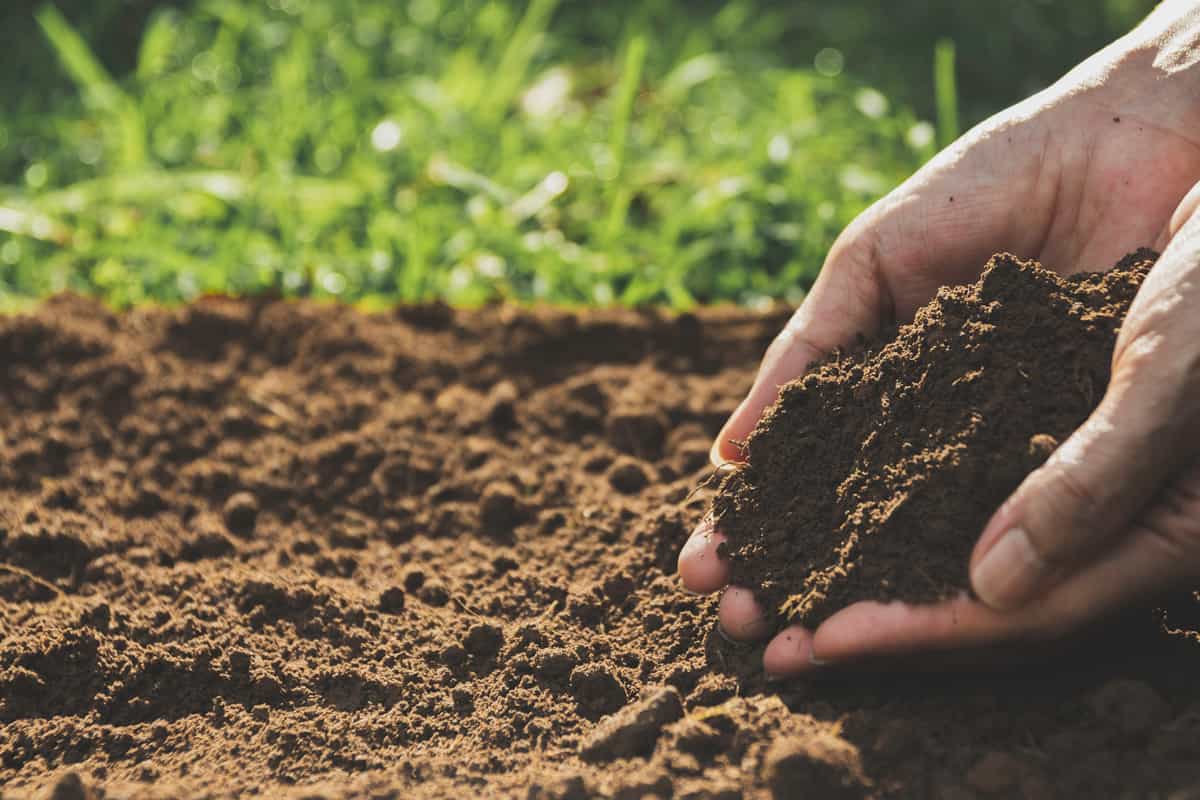
You should not use play sand to amend your soil. An amendment needs to be thoroughly incorporated into the soil for it to work properly.
If you mix adequate amounts of clay soil, builder's sand, and, most importantly, organic matter, you should get a better gardening experience.
If you found this article helpful, you might also like to read our other posts.

